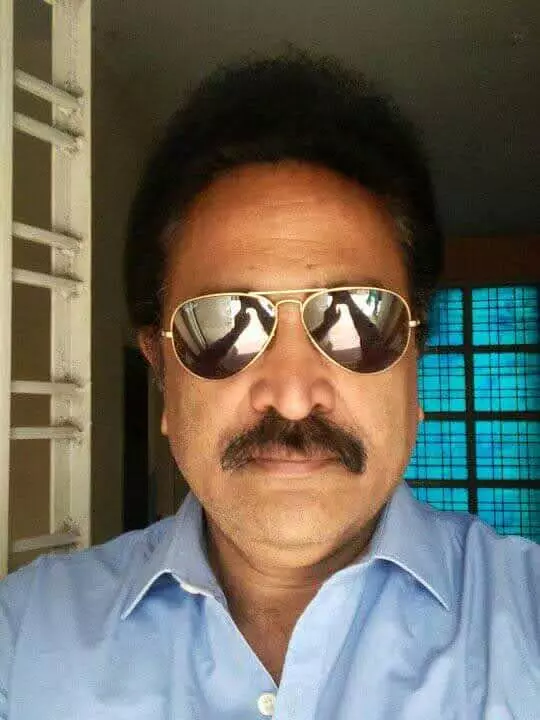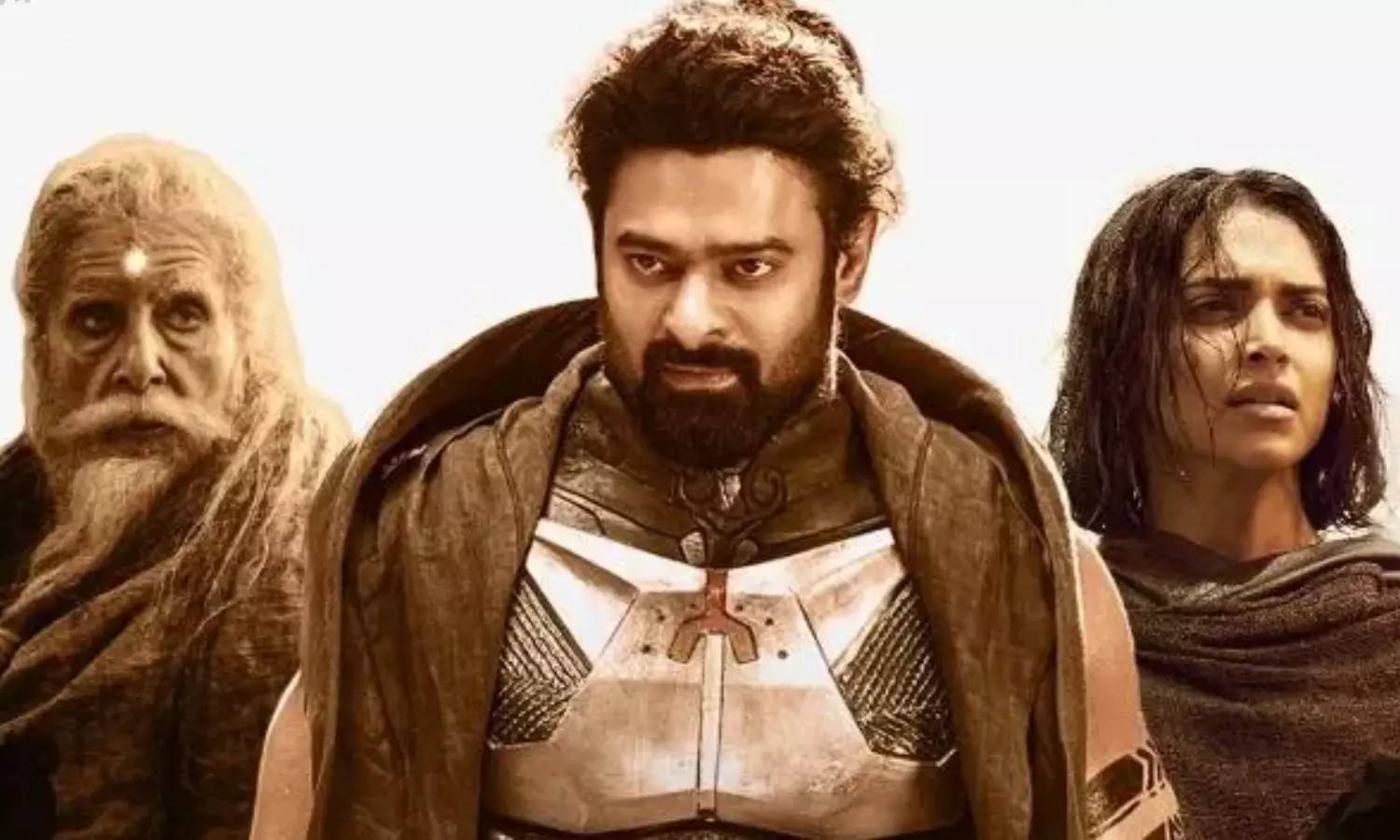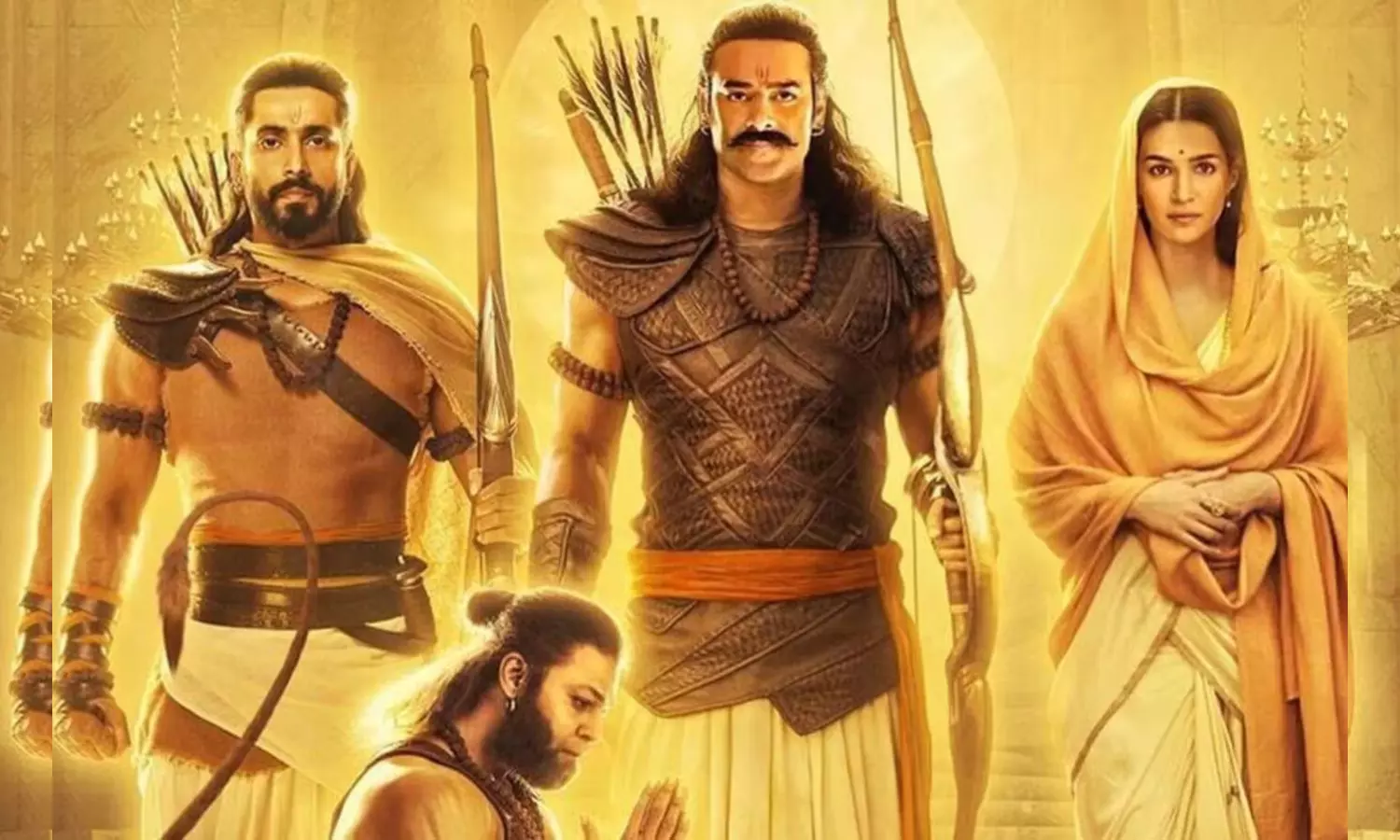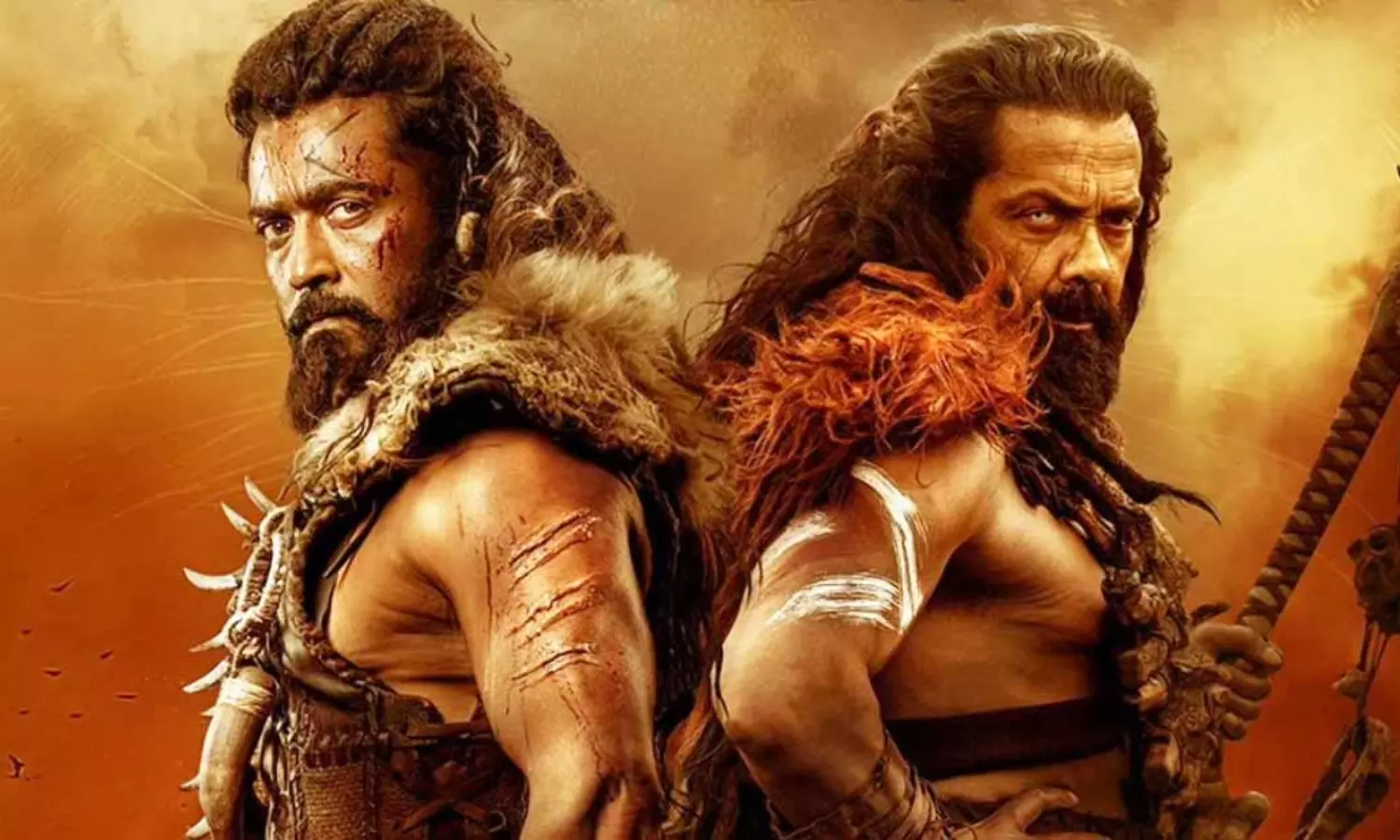3D magic returns to thrill viewers but content remains king
Posters from the movies. (Photos by arrangement)
Close on the heels of the sci-fi thriller ‘Kalki 2898 AD’, even the much-hyped ‘Kanguva’ was made in a 3D format and offered few thrills to viewers in some centers and even Prabhas starrer ‘Adipurush’ also used this format to enthrall viewers. “3D format has indeed come back and few big films have used this format to enhance the visual experience for their action and larger-than-life sequences. But it is selectively released in 80 to 100 theatres and we can see audiences picking up their 3D spectacles and enjoying the movie,” he says, and adds, “This is a technical value addition but it will not compensate for poor content any day,” he quips.
He claims that he got to know about 3D movies with the release of the much-hyped film "My Dear Kuttichattan” way back in 1984. “It was a wonderful experience as we felt like objects flying around in theaters and hands and sticks protruding out of screens and coming close to us, offering new thrills,” says director Hemanth Madhukar.
25 years later, he happened to work with Bollywood director Vikram Bhat and was associated with his Hindi supernatural thriller ‘Haunted-3D’ in 2011. “It was a unique attempt since dishing out a horror movie in 3D was interesting and people lapped it up,” he says and adds, “Vikram also urged me to make my spooky film ‘Mumbai 125 KM’. Thanks to his advice, it clicked at the box office in 2014,’ he informs. He narrates interesting episodes with maverick director Ram Gopal Varma and his 3D efforts. “I had a 3D Handycam camera to use for test shoots on my sets. One day, RGV came to my sets and asked about my camera and took it away. In two days, he called me and showed me a 3D film he shot in 24 hours but it was a hurried and shabby work. Later, RGV made his Hindi film ‘Bhoot’ in 3D and it worked. However, the 3D format went into oblivion thereafter,” he informs.
Apart from the format losing its sheen, even making it was quite difficult and exhaustive, he explains. “Making a film in 3D is most tedious and tests the patience of filmmakers. For instance, there will be a stereographer for a 3D camera who will be sitting on our heads and advising us about camera angles and shot divisions and curtailing our creative freedom.’
However, new-age makers like Nag Ashwin, Om Raut, and director Shiva have re-introduced the 3D format in their respective languages in the last one year. “Nowadays, no one is making films in 3D format. First, they make a usual 2D film and then convert it into 3D. Offering visual spectacle to viewers since their films boast of periodic looks and imaginative sets beside a few war sequences and 3D would enhance those breathtaking stuff. I think the conversion would cost Rs 1 crore per film but it is much better and sensible than reverting to the old and painful format,” he concludes.
( Source : Deccan Chronicle )
Next Story




